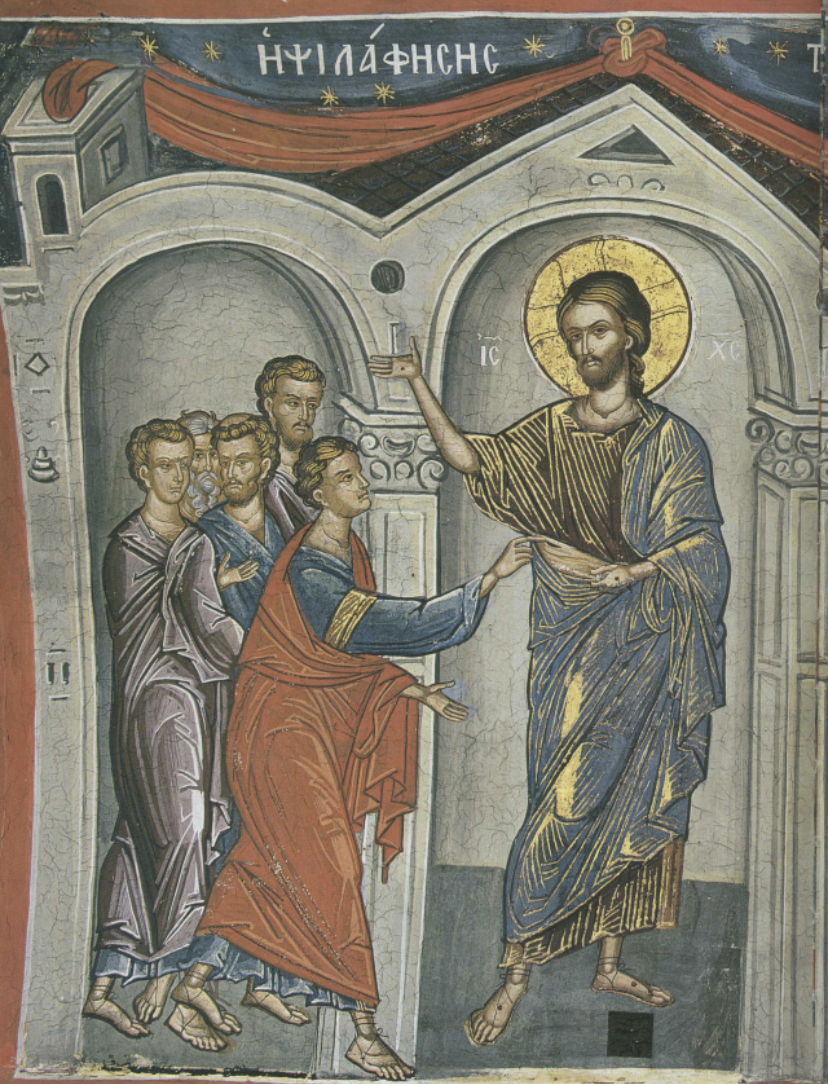
- 655A7545-3F37-4E2E-A1C3-D46813BA4576.jpeg (1.13 MiB) Viewed 6586 times
The other disciples therefore said to him, "We have seen the Lord." So he said to them, "Unless I see in His hands the print of the nails, and put my finger into the print of the nails, and put my hand into His side, I will not believe." - John 20:25
In the 1930s, a French physician named Pierre Barbet conducted a number of medical experiments regarding the crucifixion of Christ. One of his observations was that nails driven through the palms of Jesus would not have supported the weight of his body on the cross. Barbet theorized that, instead, the nails were driven into a hollow spot (biologists call it “Destot’s space”) among the bones in the heel of the hand at the top of the wrist.
Some commentators challenged that conclusion. They pointed out that Roman execution techniques also included tying the wrists to the crossbar by ropes and that the nails through the palms were meant not to support the weight but simply to increase the pain.
In the 1990s, research by Dr. Frederick Zugibe of Columbia University came to a different conclusion. He theorized that the nails could have been driven into the palms at an angle, exiting at the wrists. This, he said, would have supported the body’s weight.
(Also, taking in account the footstool)
The Shroud of Turin, considered by many to be the actual burial shroud of Christ, shows a blood print in the location of the bones of the wrist. But it should be noted that the imprint on the shroud is from the back of the hand and could depict only the exit area of the nail and not its entrance.